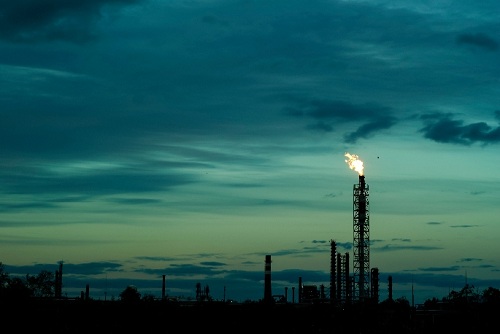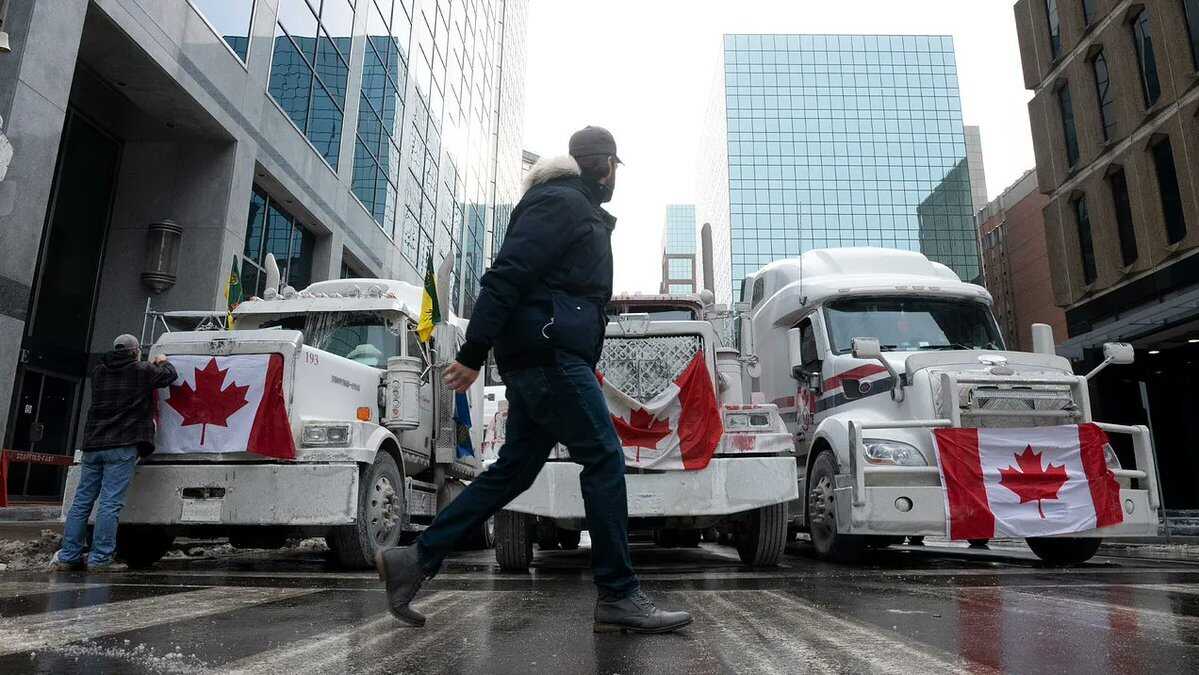The Canadian oil and gas sector is developing a comprehensive plan to manage greenhouse gas emissions. They seek to restrict the quantity of pollution that businesses can produce. First, they establish a cap or limit, that is 35–38% lower than the pollution levels observed in 2019. The intention is to gradually reduce this cap until, by 2050, no pollution remains.
The government in Ottawa is working on finalizing the rules for this plan by 2026. The Environment Minister, Steven Guilbeault, says the plan is both realistic and ambitious. They’re thinking about how important the oil and gas industry is for Canada’s money and how much the world needs oil. The plan sets tough but doable limits. This matches what Prime Minister Justin Trudeau promised during the 2021 election – that Canada will produce no pollution by 2050.
This shows that Canada’s oil and gas industry is changing to be more careful about the environment. The government is starting early, showing they know how important the industry is for Canada and the whole world’s energy needs. They’re trying to find the right balance between taking care of the environment and keeping the economy strong. The success of this plan depends on putting it into action well, using new technology, and working together with everyone involved.

Some people think the timeline for Canada, which is the world’s fifth-biggest natural gas maker and the fourth-biggest oil maker, is too hard to reach. The government is worried about putting these limits into action without stopping production completely. The Energy Minister, Jonathan Wilkinson, says this could make Canada poorer and benefit other big players like Saudi Arabia or the United States.
Critics voice their concerns about what they see as a rush to satisfy the COP28 summit’s global commitments. They contend that the 2030 and 2050 targets may not have been determined by pragmatic factors, but rather by influential individuals and groups like the World Economic Forum and Klaus Schwab. The public is anxiously awaiting the release of the final plans because they believe that addressing climate change will become more important than Canada’s economic stability and employment sustainability. The main source of skepticism is the difficulty in striking a compromise between addressing environmental issues and maintaining the nation’s economic and job opportunities.








